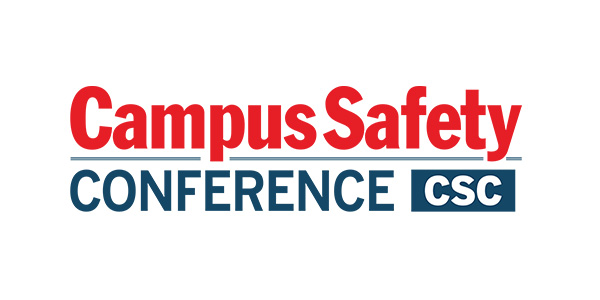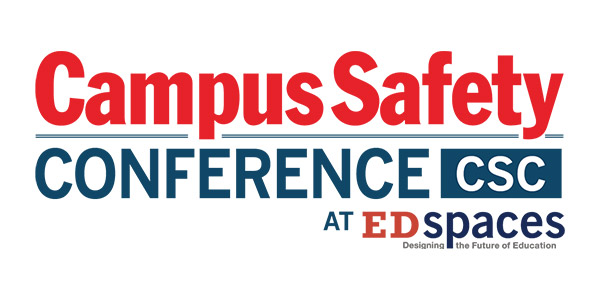Data published by the Kansas State Department of Education indicate that there have been several student fatalities in bus loading and unloading zones at schools in recent years.
According to the latest National School Bus Loading & Unloading Survey, from 2004 to 2007, one fatality occurred while students were unloading from buses in the morning, and one fatality occurred while students were boarding buses in the afternoon.
This year, SCHOOL BUS FLEET, the sister publication of Campus Safety, has learned of two fatal bus drop-off accidents at schools. In January, pre-kindergartner Jameer Woodley was crossing his school’s parking lot in Courtland, Va., after disembarking his bus when he was struck by another bus. The Southampton County Sheriff’s Office investigated the accident.
The second bus had completed its unloading, and the driver received a signal that the area was clear. The driver pulled the bus out of its parking space and made a right turn into the travel lane of the parking lot. Woodley was crossing the travel lane when he was struck by the bus.
The following month, fourth-grader Christopher Beltz left his bus in the parking lot at Spring Mill Elementary School in Indianapolis’ Washington Township. A lieutenant for the Indianapolis Metropolitan Police Department said in a news conference that when Beltz ran out of his bus, he darted between a row of cars parked between where he was dropped off and the school building. There was also a bus there that had just dropped off another student at the curb. As that bus was leaving, Beltz ran in front of it.
These fatalities show that industry officials must remain vigilant and employ every means at their disposal to maintain student safety in bus loading zones to prevent accidents.
“I think the event in Washington Township serves as a reminder that just because you’ve done your process for umpteen years, it deserves evaluation for the potential of improvement,” says Pete Baxter, school transportation director at the Indiana Department of Education (DOE).
Southampton County Public Schools (SCPS) and Metropolitan School District of Washington Township (MSDWT) officials recognized this in the wake of the accidents on their school campuses this year and have changed their loading zone policies.
Pupil transportation industry professionals have numerous suggestions for how to maximize student safety in loading zones, and many practices have been implemented at operations around the country.
Districts Enforce Preventive Measures
Following the accident in Courtland, Va., SCPS changed its bus unloading procedure. Superintendent Charles Turner wrote in a letter to parents that students would be “unloaded directly in front of the entryway at the curb during the morning, one bus at a time.”
MSDWT took the fatality at their elementary school very seriously as well. “I’ll never get over it,” Superintendent James Mervilde says. “We need to do everything we can to make sure this never happens again.”
The district’s preventive measures are comprehensive. A safety task force that includes transportation officials, school administrators, traffic experts and educators was formed to evaluate transportation practices and associated traffic issues at each school.
Each school now has a schematic drawing created by the task force that displays an approved traffic flow for morning drop-off and afternoon pickup by buses and cars. School maps and the schematics are distributed to the bus drivers and parents and posted on the schools’ Websites.
Traffic supervision has also improved. At least one trained security officer is required to be on duty at each school to direct traffic during morning drop-off and afternoon pick-up. In conjunction, more school staff members are assigned outside during arrival and departure times to ensure safety and parent compliance with revised procedures.
To notify parents of the revised procedures, Mervilde taped a back-to-school message asking parents to listen to school officials in regard to where they are allowed to park their cars.
“We have some new principles,” he adds. “When kids are moving, the buses can’t be moving, and when the drivers are at their stops, they must turn off their buses.” The drivers are also required to drop off kids at the curb, preventing them from walking across lanes of traffic.
In addition, MSDWT hired CSO Architects to conduct a district-wide evaluation of the school buildings, paying particular attention to traffic flow by school buses and cars. Upon completion, the company submitted proposal projects to improve safety and traffic flow at all of the schools. Spring Mill Elementary now has concrete barricades that define a crosswalk from a guest parking lot to a sidewalk on the north side of the building. Moreover, all buses must park on the front side of the school, and cars are restricted to a side parking lot.






